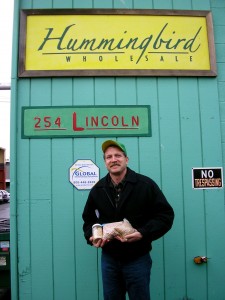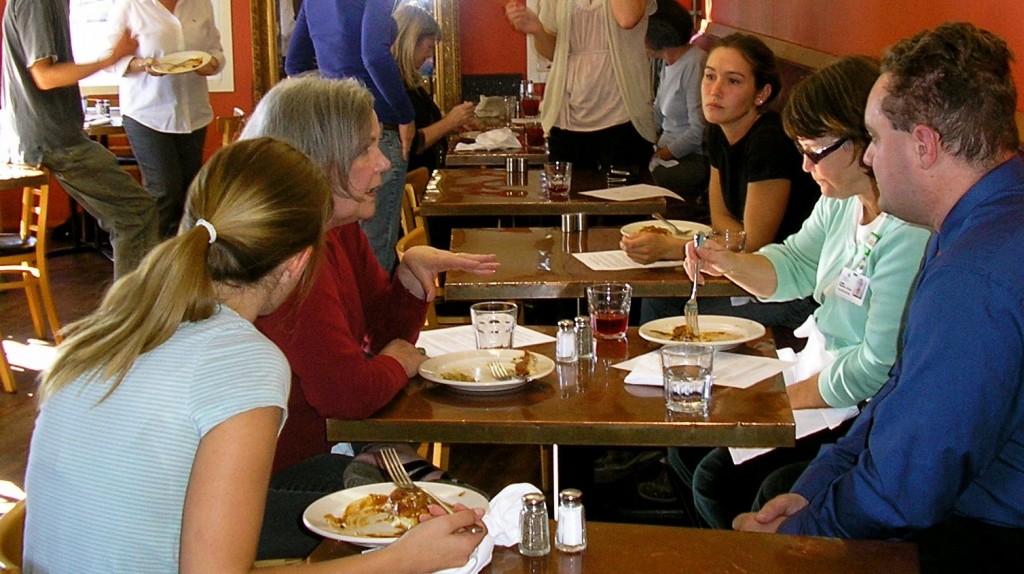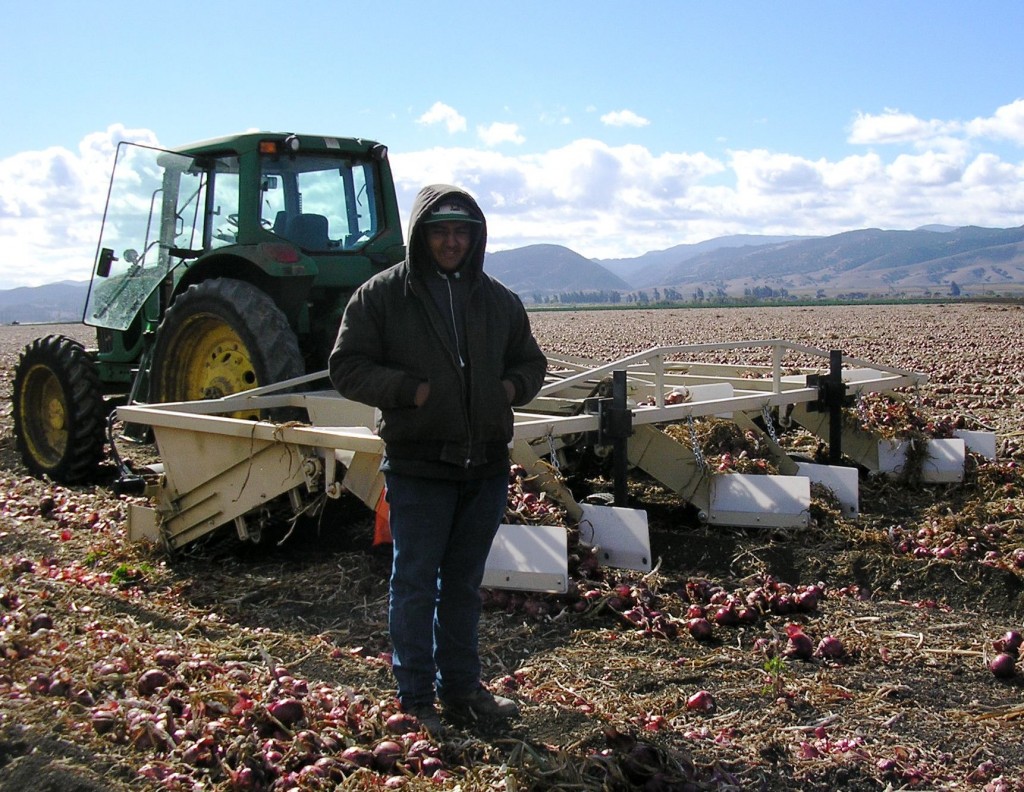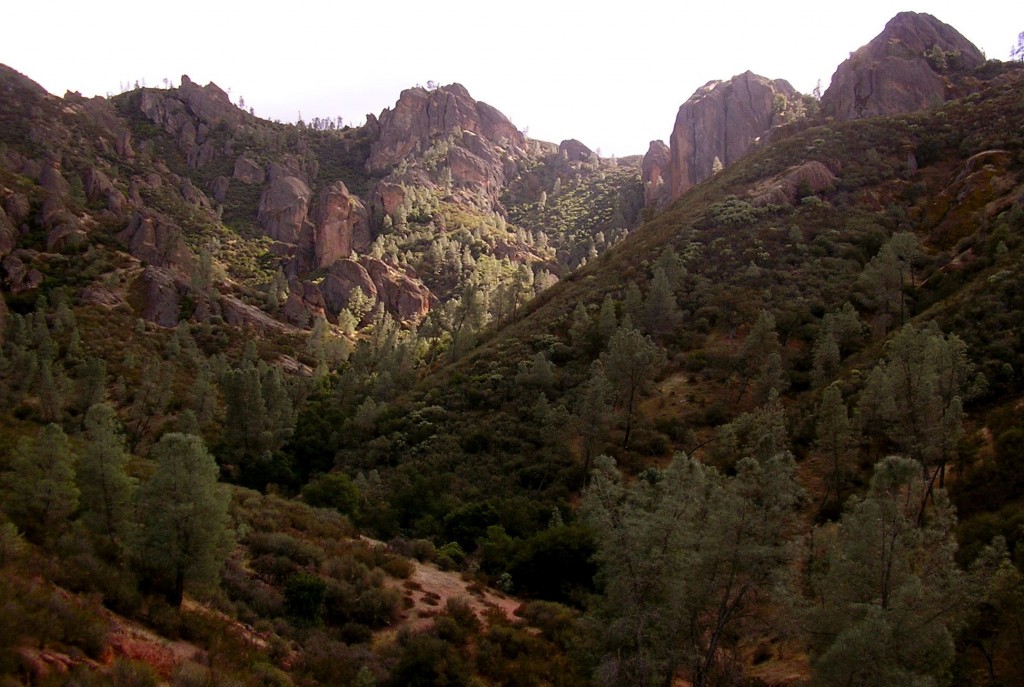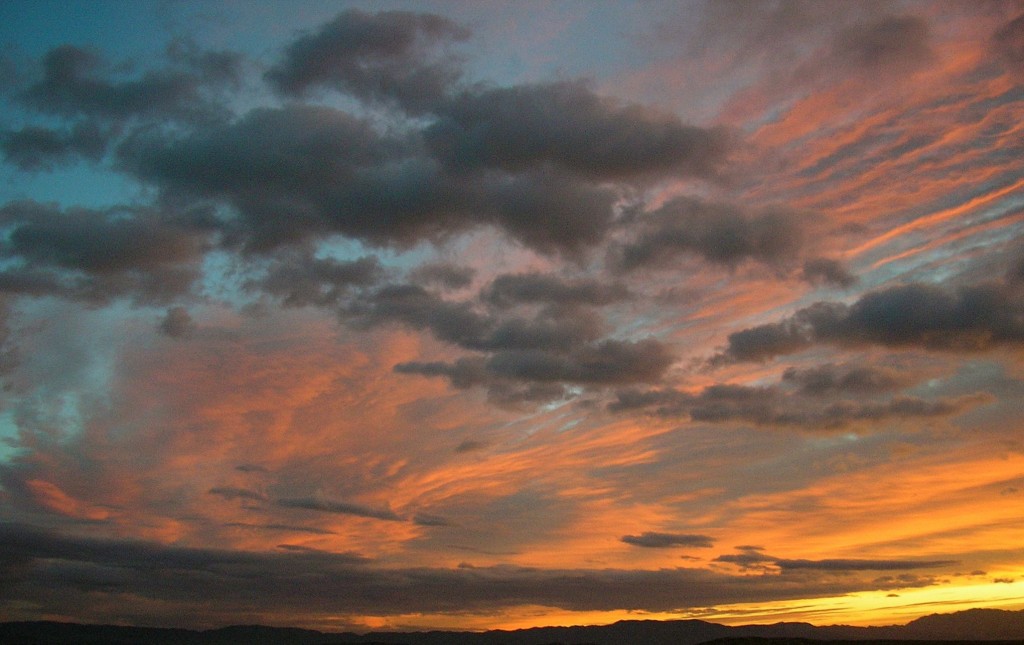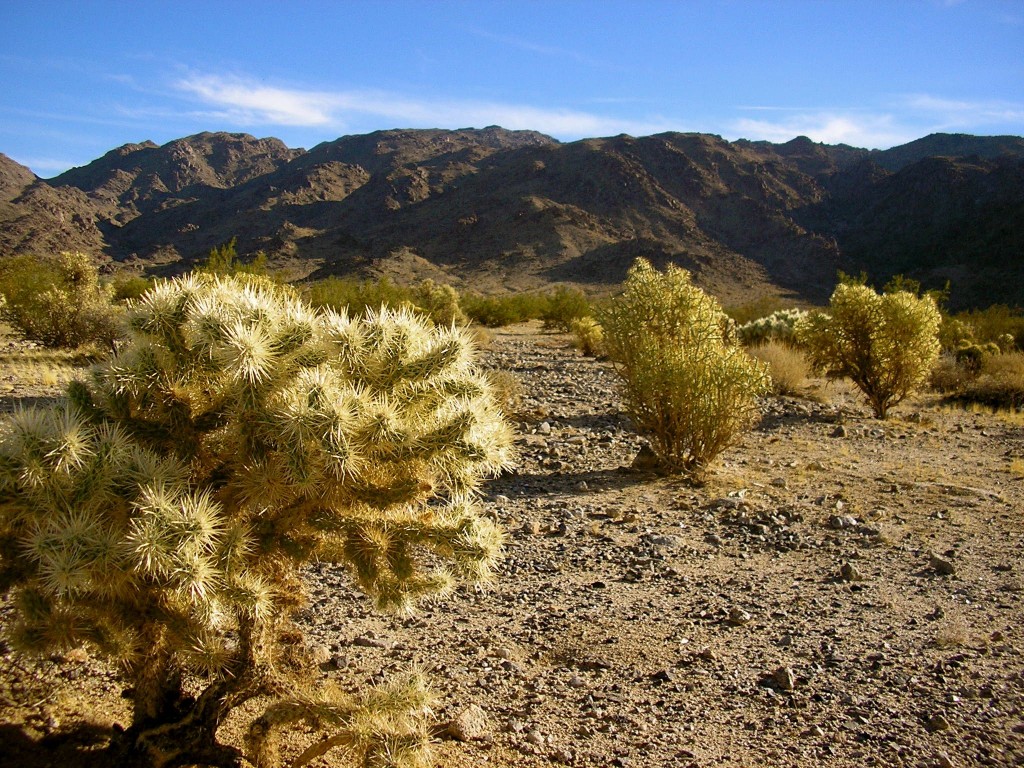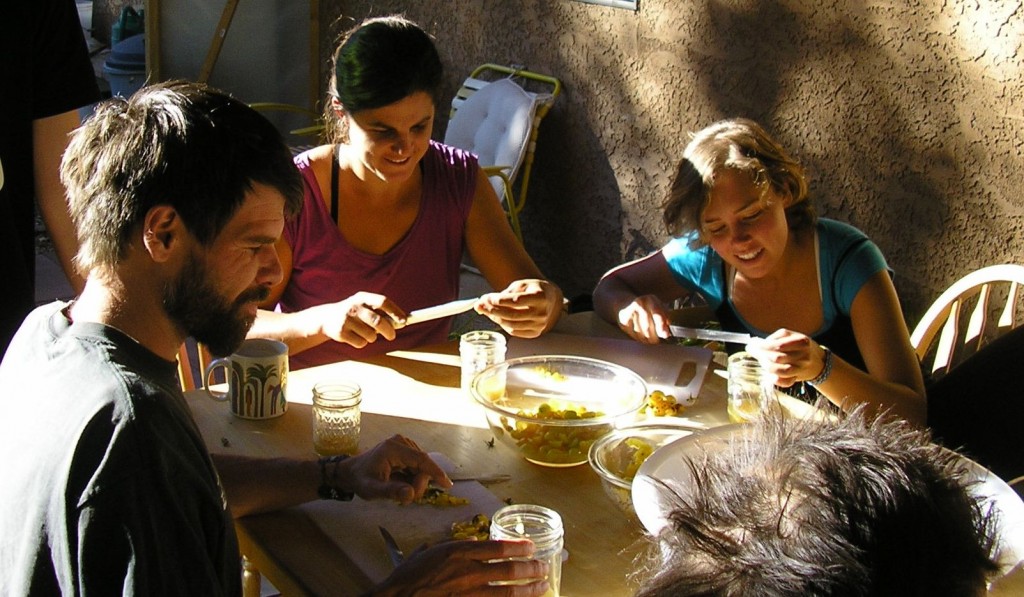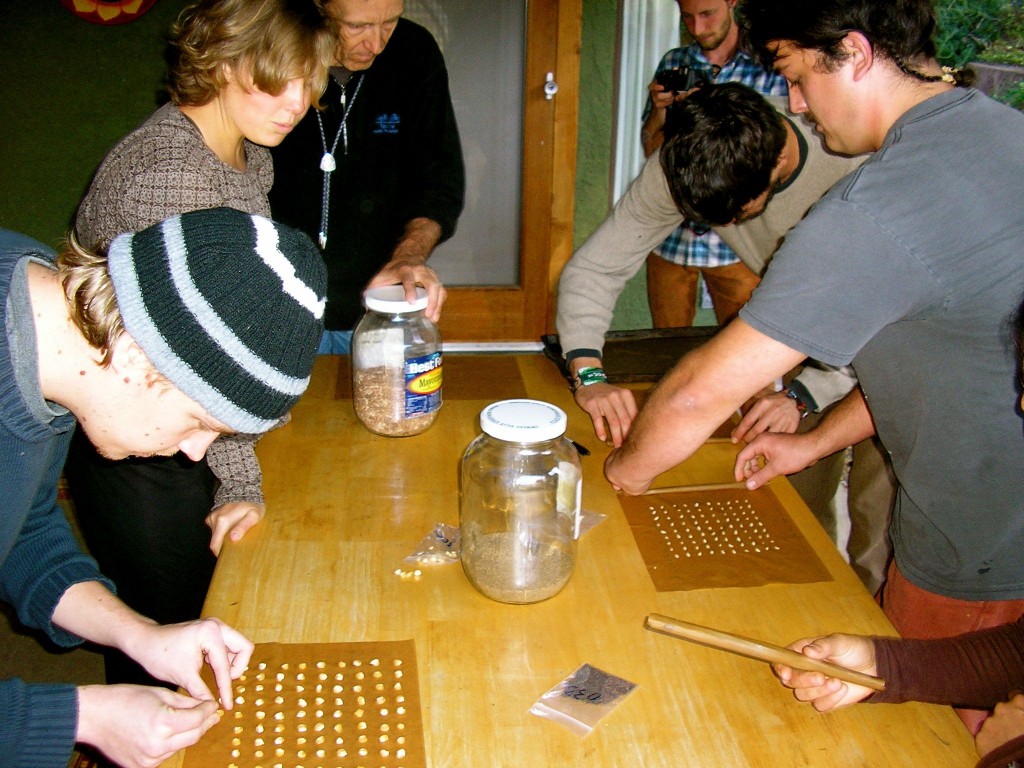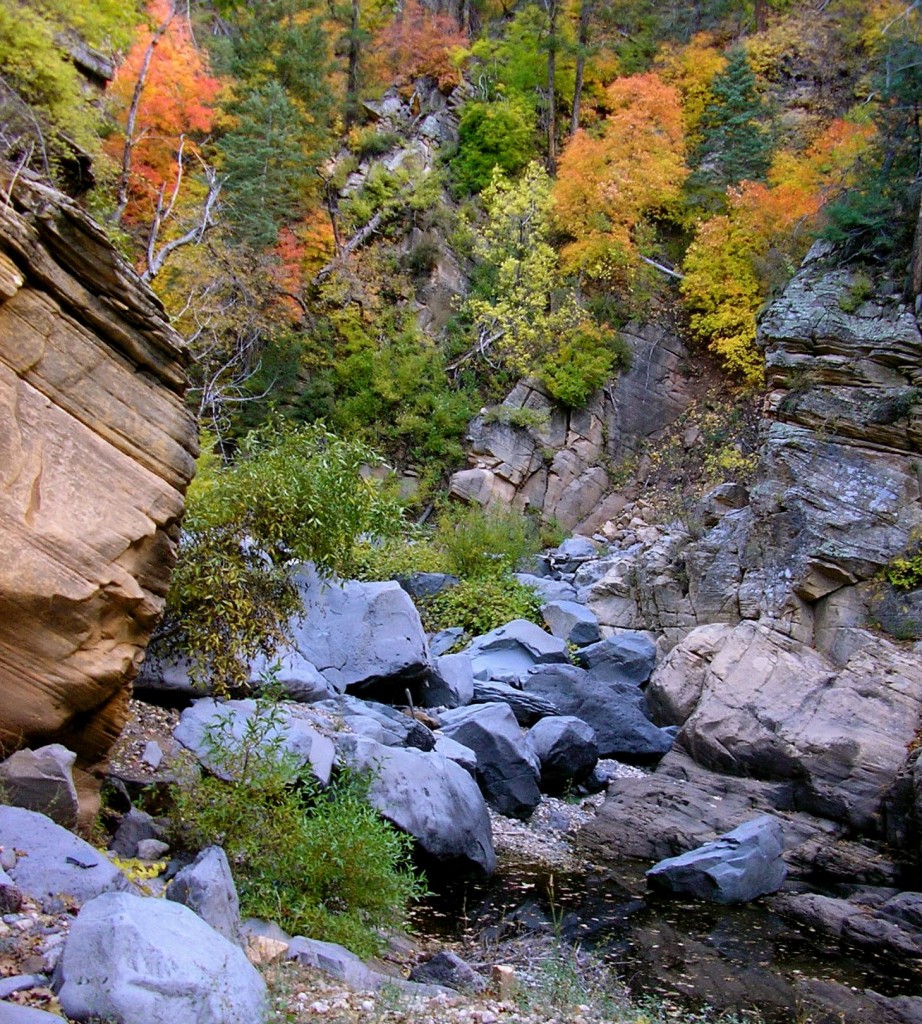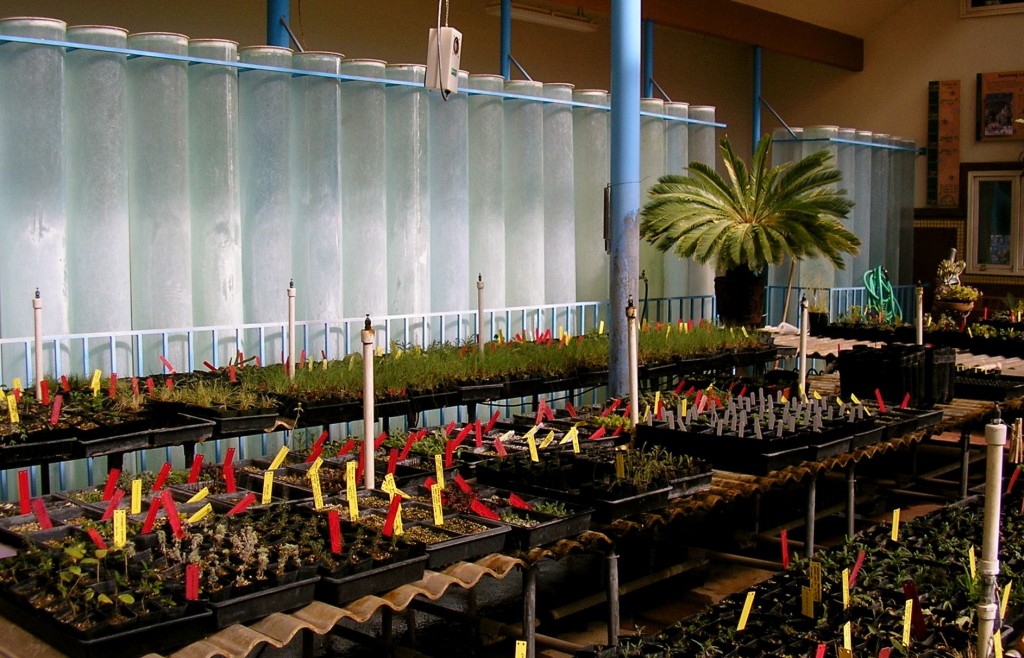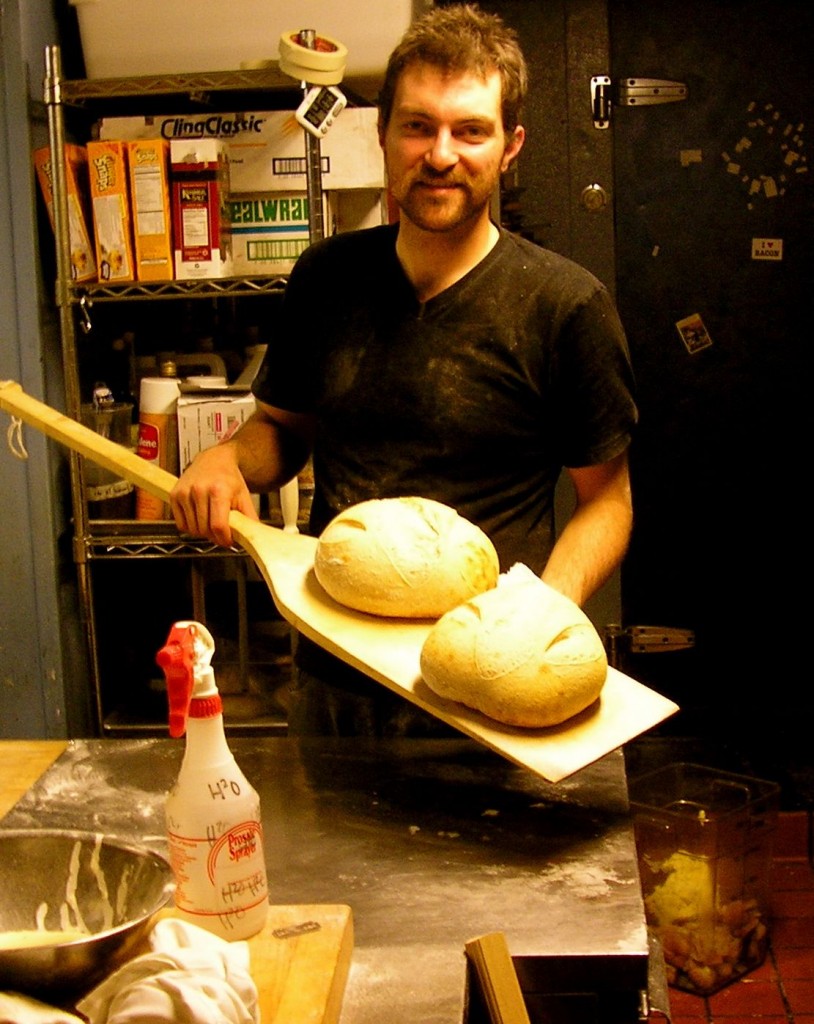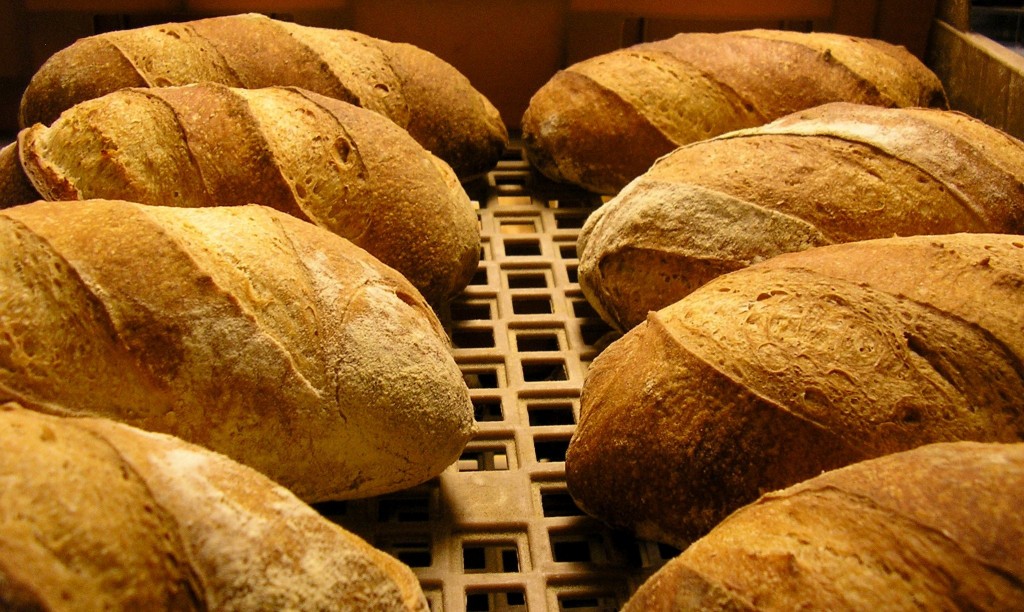I spent two weeks in December studying food aggregation efforts in Oregon. I met with farmers, toured distribution warehouses, and interviewed chefs and other food buyers. The most interesting and effective example of aggregation I found is the Southern Willamette Valley Bean and Grain Project. This project was spearheaded by the Ten Rivers Food Web. Two local farmers teamed up with the project and raised the money to build mills on their properties. The Bean and Grain Project hosted an event called “Fill Your Pantry”, where consumers could buy beans and grains direct from the farmers. The event was a huge success, but some of the larger farms had trouble handling a large volume of retail sales. This sort of one time market could be sponsored by an organization like Sonoma County Farmtrails, and feature products that can last in a pantry like pickles, beans, and winter squash.
Hummingbird wholesale is a medium sized distribution company in Eugene. Co-founder Julie Tilt has worked with the Bean and Grain Project since the beginning. With and average of 20% growth a year they have out grown 2 locations in 7 years and are about to move into a third. They use bicycles to deliver much of their produce.
